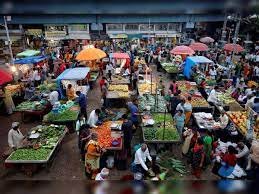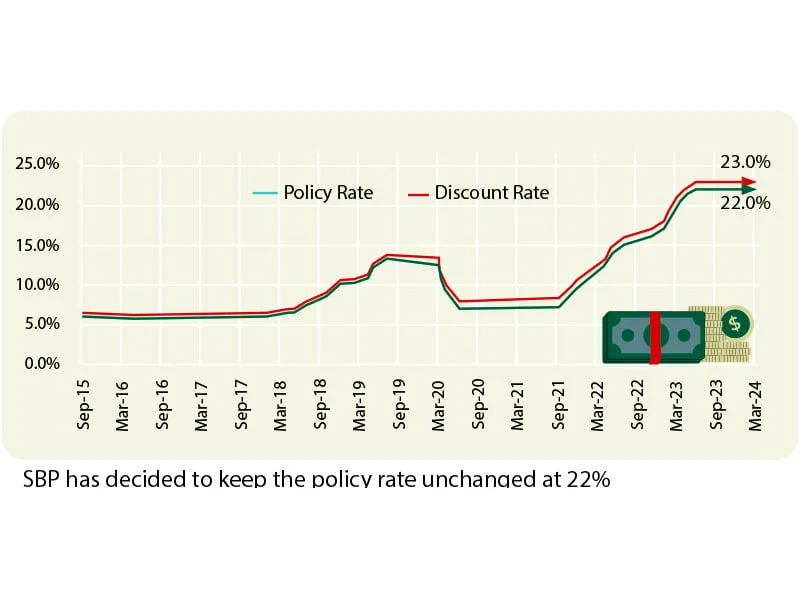A government official revealed on Monday that food’s contribution to India’s Consumer Price Index (CPI) might be reduced in the upcoming revision of the basket of goods, set to be completed by next year. This move is a response to a recent major household survey indicating a decline in food spending, potentially leading to less volatile consumer inflation.
The official, who opted to remain anonymous, informed Reuters that the adjustment in food weighting could be implemented in the next revision of the CPI basket. However, the government’s statistics ministry has not yet responded to requests for comment.
The recent household consumption survey, the first in over a decade, demonstrated a shift in consumption patterns. Food’s share in the rural consumption basket dropped to 46%, falling below 50% for the first time, and decreased to 39% for urban consumers. The average monthly spending by rural consumers increased to 3,773 rupees ($45.54) from 1,430 rupees in the previous survey, while urban consumers’ spending rose to 6,459 rupees from 2,630 rupees.
The official did not specify the revised weight of food in the CPI basket. Economists like Madhavi Arora from Emkay Global suggested it could be reduced to 40-41% from the current nearly 46%, potentially leading to decreased inflation volatility.
Persistent inflation above the central bank’s 4% target, driven by fluctuating food prices, has hindered interest rate cuts. A lower food weighting might alleviate the need for abrupt measures to control prices, according to Devinder Sharma, an independent food and trade policy analyst.
Despite potential benefits, concerns are raised by some, including farmers’ unions. Anil Ghanwat, president of the Shetkari Sangathana farmers union, criticized the government’s decisions as anti-farmer, emphasizing the importance of considering actual consumer spending on food commodities.
Dhiraj Nim, an economist at ANZ, noted that not all inflation volatility might ease, pointing out the still significant share of vegetables and fruits in the consumption basket, even as staples like rice and wheat have seen a decline.



